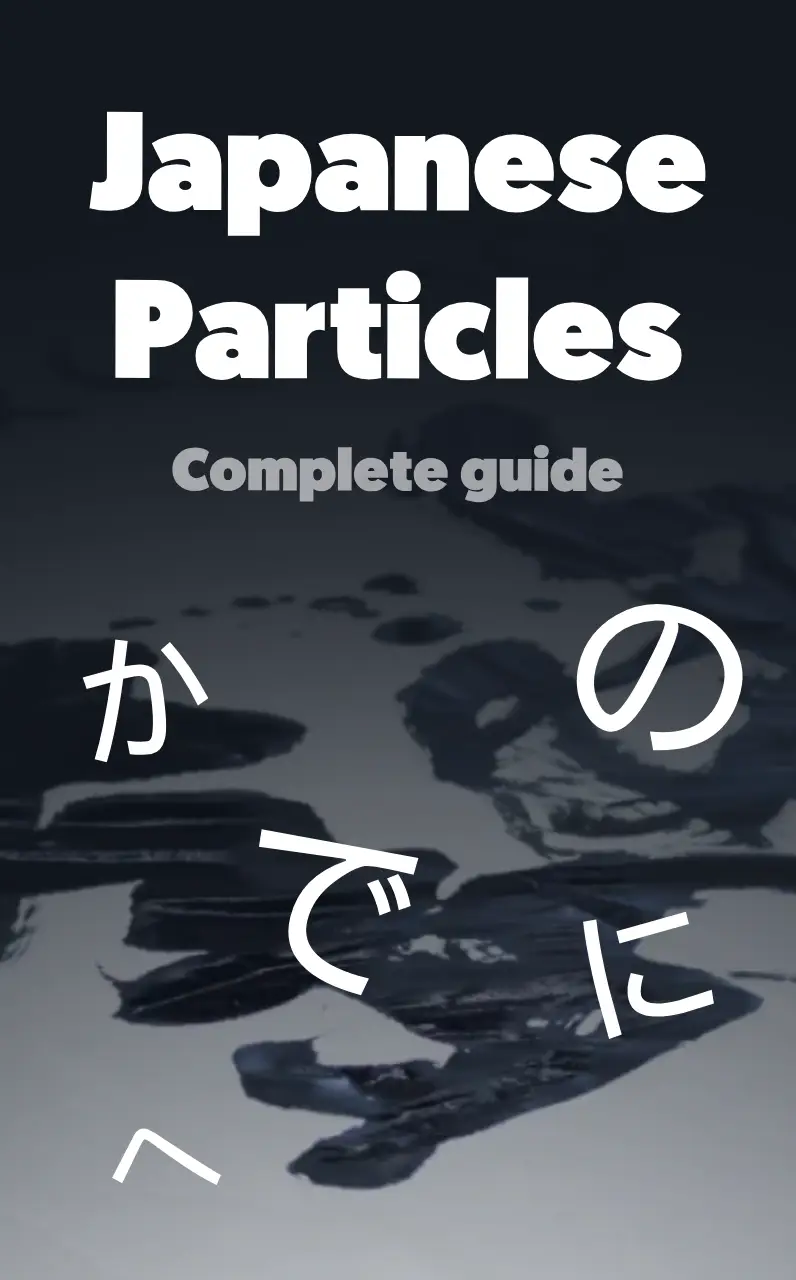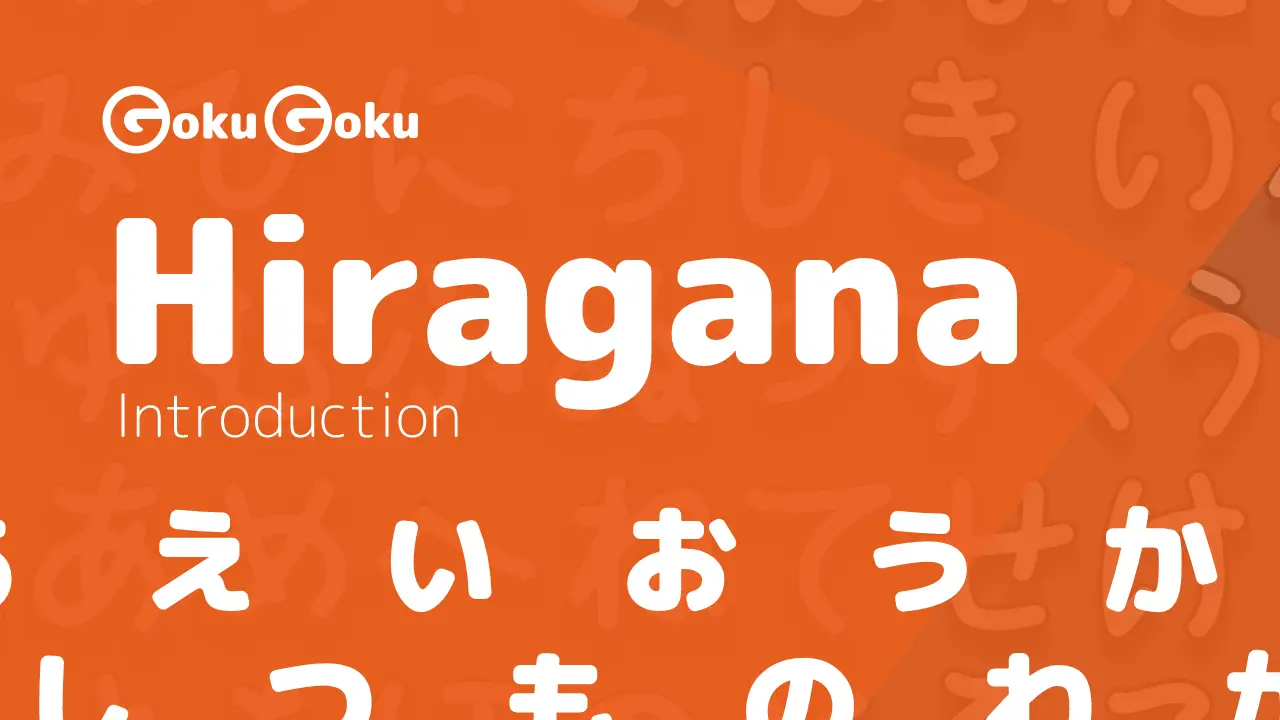Ichidan verbs (一段, 1 degree) are a class of verbs in Japanese that have only 1 type of conjugation.
These verbs are also called Verbs in る, as all of them end with the Hiragana symbol る (<u>without exception</u>).
Their only conjugation is to remove the Hiragana る at the end of the verb and replace it with a suffix that varies according to the tense.
Difference between Ichidan verbs and Godan verbs
Why is there a category of verbs called Ichidan? The reason is that we want to distinguish this category from Godan verbs. Verbs in the Godan category are called Godan (五 = 5) because their conjugations use all 5 sounds of the Hiragana alphabet (あ, え, い, お, う).
Godan verbs ending in る - Exceptions
However, be careful because there are some exceptions to this rule:
Not all verbs ending in る are Ichidan verbs
In fact, some verbs ending in ~eru and ~iru are actually Godan verbs, and therefore they require different conjugations.
Below is a list of some common verbs that end in る but are actually Godan verbs:
How to conjugate Ichidan verbs
Ichidan verbs are simple to conjugate in different Japanese verbal forms or bases.
Below we go to see some of the main forms, and how they are conjugated for the Ichidan verbs.
Plain Form for Ichidan verbs
The Plain Form of the Ichidan verbs is the same as the normal form (dictionary form) and does not require any conjugation.
This form translates the Non-Past tense. This verb form is used to speak both in the present tense and in the future tense
In fact, in Japanese there is no conjugation for the future. Instead, there is a single form to indicate the present and the future (the context of the sentence will be necessary to distinguish between these two tenses).
Let's see some examples of sentences and how they are translated with the Plain Form:
汚い服を着る
Wear dirty clothes
The verb Ichidan in this sentence is 着る, which means to wear. This sentence uses the basic form (Plain Form, dictionary form, or even non-past form). For this reason, we see how the verb does not have any changes and remains 着る.
時間が過ぎる
The time passes
Also in this second example the verb Ichidan 過ぎる to pass does not undergo any modification and remains in its basic form as 過ぎる.
Polite Plain Form for Ichidan verbs
The Polite non-past form is formed in the following way:
Remove ~る at the end of the verb
Add suffix ~ます (suffix for polite form)
Above we see an example of conjugation in the polite form for the verb Ichidan 食べる to eat. As you can see, for Ichidan verbs just remove the suffix ~る and add ~ます.
The meaning does not change with respect to the normal Plain Form. The polite form, however, is more suitable in formal situations, when we talk to a stranger, or when we interact with superiors.
We also see here an example of the polite form for the Ichidan verbs in a sentence:
ドアを閉じます
Close the door
In this sentence, the verb to close, which in its dictionary form is 閉じる, becomes 閉じます.
Te form for Ichidan verbs
The te form (て) in Japanese is a conjugation that is used in many grammatical expressions. For this reason, the Te form takes on different meanings depending on the context in which it is used.
Also for the te form the conjugation is simple for the Ichidan verbs. Even in this case, in fact, it is enough:
Remove ~る at the end of the verb
Add suffix ~て (suffix for the te form)
In the example we see how the verb Ichidan 食べる becomes 食べて in its Te form.
食べて寝る。
To sleep and eat.
Ta form for Ichidan verbs
The ta form (た) in Japanese is used to conjugate the sentence in the past tense.
To conjugate the ta form for Ichidan verbs the rules are the same as the te form we saw above:
Remove ~る at the end of the verb
Add suffix ~た (suffix for the ta form)
In the example we see how the verb Ichidan 食べる becomes 食べた in its ta form.
ドアを開けた。
I opened the door.
Past Polite form for Ichidan verbs
Past tense can also be conjugated in the past form. This form is different from the ta form, and it is used in formal contexts.
To conjugate the past polite form for Ichidan verbs one must:
Remove ~る at the end of the verb
Add suffix ~ました (suffix for the polite past tense form)
In the example we see how the verb Ichidan 食べる becomes 食べました in its past polite form.
ドアを開けました。
I opened the door.
As you can see, the translation with the polite form is the same as with the Plain Form
Similar grammar points in Japanese 📚
から
から (kara) Meaning Japanese Grammar - Because
だけ
だけ (dake) Meaning Japanese Grammar - Only
たりする
たりする (tari suru) Meaning Japanese Grammar - Do Such Things as A, B Etc
ちがう
ちがう (chigau) Meaning Japanese Grammar - No
まだ
まだ (mada) Meaning Japanese Grammar - Still
ないでください
ないでください (naide kudasai) Meaning Japanese Grammar - Please Do Not Do

